Beneficial insects are crucial in agriculture, aiding in pollination and pest control, reducing the need for insecticides, and benefiting both the environment and crop yields.
It’s been warm start to spring, and we’re already seeing a lot of beneficial insects out in the field. In addition to parasitoid wasps (which you can learn more about here) there are a number of different groups of predators which help suppress pests.
Recognising the full suite of beneficial species present on farm and understanding which pests they attack is a key factor in promoting biological control and long term pest management.
Lacewings
Found year round, adult lacewings are some of the most distinct beneficial insects in crops, with their delicate lacework wings and their distinctive large, round eyes. In the Australian context, we most commonly see ‘green lacewings’ (Chrysopidae) and ‘brown lacewings’ (Hemerobiidae).
As larvae they have large, sickle-shaped mandibles and long, tapering bodies. However, one distinction is that green lacewing larvae will often be found with the remains of their prey on their back, held in place by long, curved hairs on their body, acting as a macabre form of camouflage.
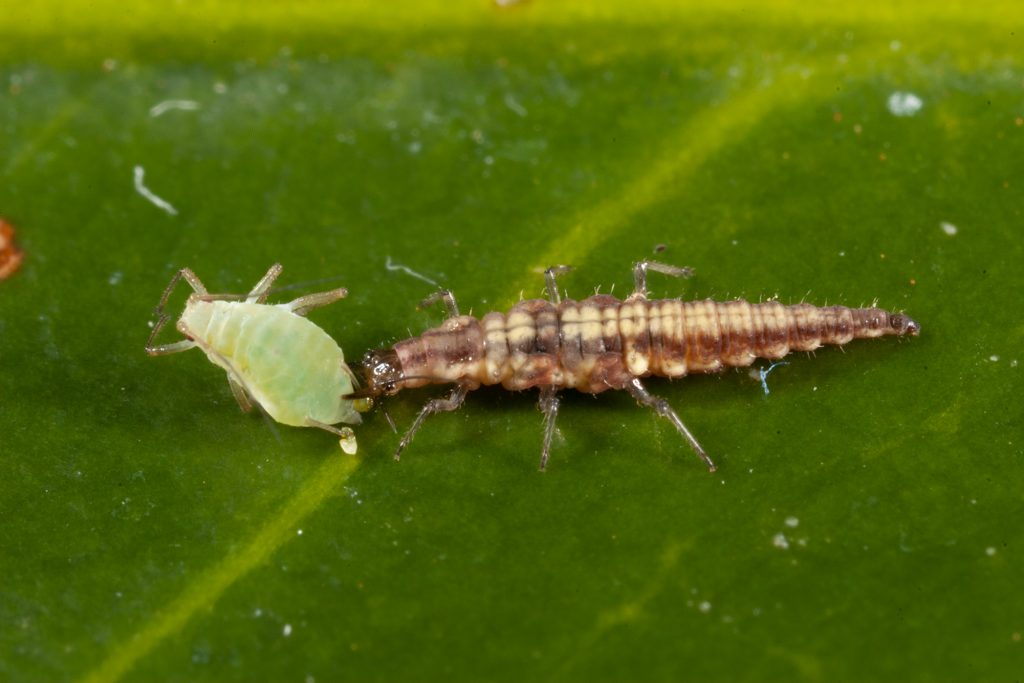
Ladybird beetles
Ladybird beetles, renowned for their iconic red and black polka dot shells, are a frequent and familiar sight for many.
But larval ladybird beetles look nothing like the iconic adults we are accustomed to seeing. They vary in colour, but are typically black, grey, or brown, lacking the wings, spots and vibrant red colour associated with adult ladybugs. Instead, their somewhat intimidating appearance includes an elongated, segmented body covered in tiny spines, like tiny armoured tanks.
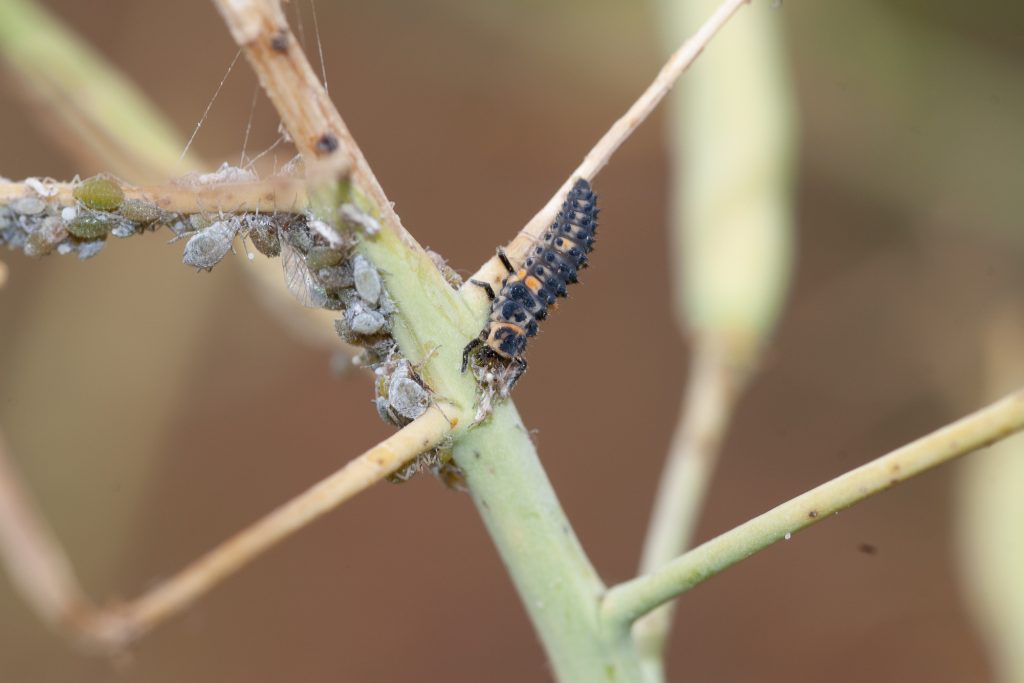
Despite their stark physical differences, these larvae share a fundamental attribute with the adults: their predatory nature. They’re voracious hunters that will seek out preferred prey, which primarily includes aphids and other soft-bodied insects.
Hoverflies
Usually, the presence of a small green grub within your crop might evoke concern, but not all grubs are unwelcome visitors.
Hoverfly larvae, often overlooked due to their inconspicuous appearance, are tiny, elongated green grubs. This sometimes leads to misidentification, as they can be mistaken for caterpillars such as cabbage whites or loopers.
These larvae lack the distinctive head capsule of caterpillars, and being the offspring of a fly, are actually a type of maggot! They use their hooked mouthparts to prey upon aphids, mealybugs, and other soft-bodied insects.
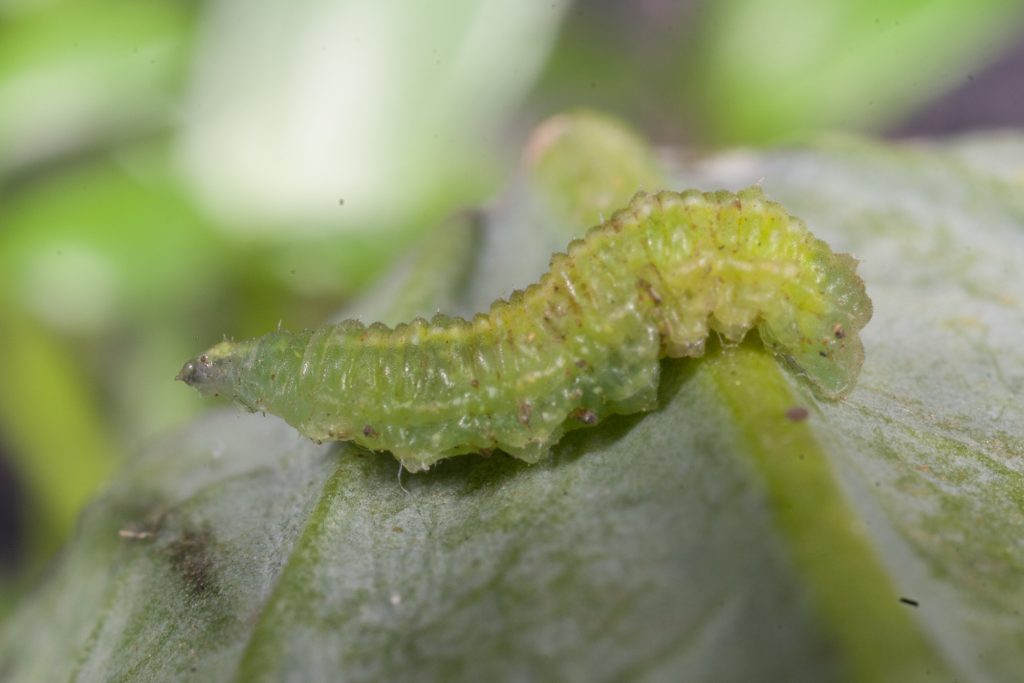
Each hoverfly larva can consume hundreds of aphids in its brief larval stage, making them crucial in agriculture for controlling pest populations, while the adults aid in pollination.
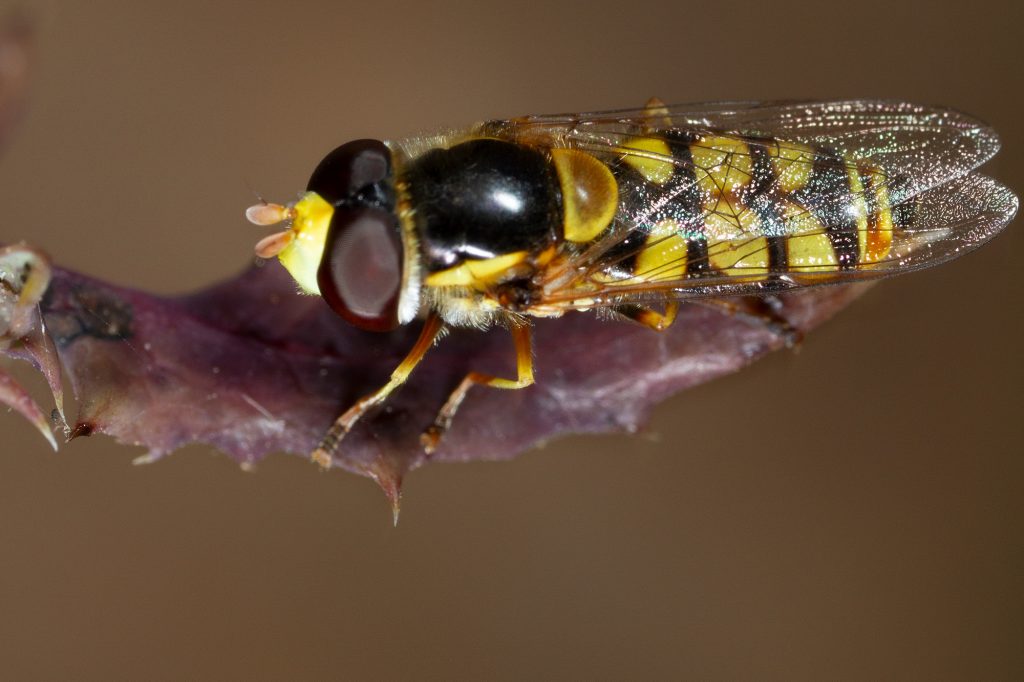
Rove beetles
Being typically a few millimetres in length, rove beetles can be easily overlooked. They are characterised by their forward-pointing chewing mouthparts, adapted for consuming other insects and small invertebrates. One way to tell them from other beetles, is that their wing covers are shortened, leaving a substantial portion of their abdomen exposed.
Owing to these physical traits and their ground-dwelling habits, they are sometimes mistaken for earwigs, despite lacking the pincers commonly associated with those pests.
Rove beetles are another voracious generalist predator that feeds on a wide range of crop-damaging pests, including aphids, mites, caterpillars, and various other insect eggs.

Predatory bugs
Whilst pests like aphids or Rutherglen bugs probably jump to mind when we talk about true bugs or Hemiptera, it’s important to recognise that certain members of this group are actually predatory. Although they still have piercing-sucking mouthparts, these predators differ by feeding on the internal fluids of other insects rather than plant sap.
They have an elongated body varying in shape from flattened to cylindrical, and their forewings are partially hardened at the base and membranous at the tip, forming a protective shield when at rest.
They are best distinguished from pest Hemiptera by their well-developed legs used for grasping their prey. Notable predatory bugs include the damsel bug, assassin bug, and predatory shield bugs, commonly found across various crops.
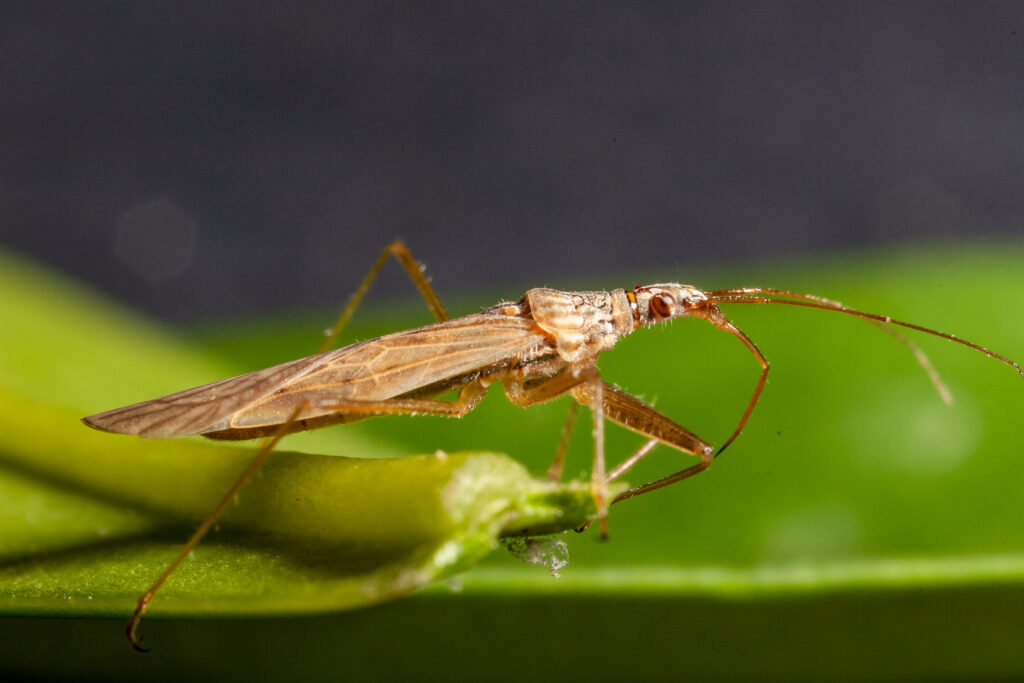
Supporting Beneficials
To promote beneficial insects in your field, opt for an IPM strategy by only spraying if needed. If thresholds are reached or risk is high choose selective chemicals, as indiscriminate use of broad spectrum insecticides impacts the beneficial insects that provide so much value.
Tailored for the Australian grains industry and covering all the above insects, the beneficials chemical toxicity table aids growers in making informed management choices. It assists in selecting chemicals that effectively control pests while minimising harm to beneficial insect populations in situations where chemical use is unavoidable.
Cover image: Photo by Andrew Weeks, Cesar Australia





